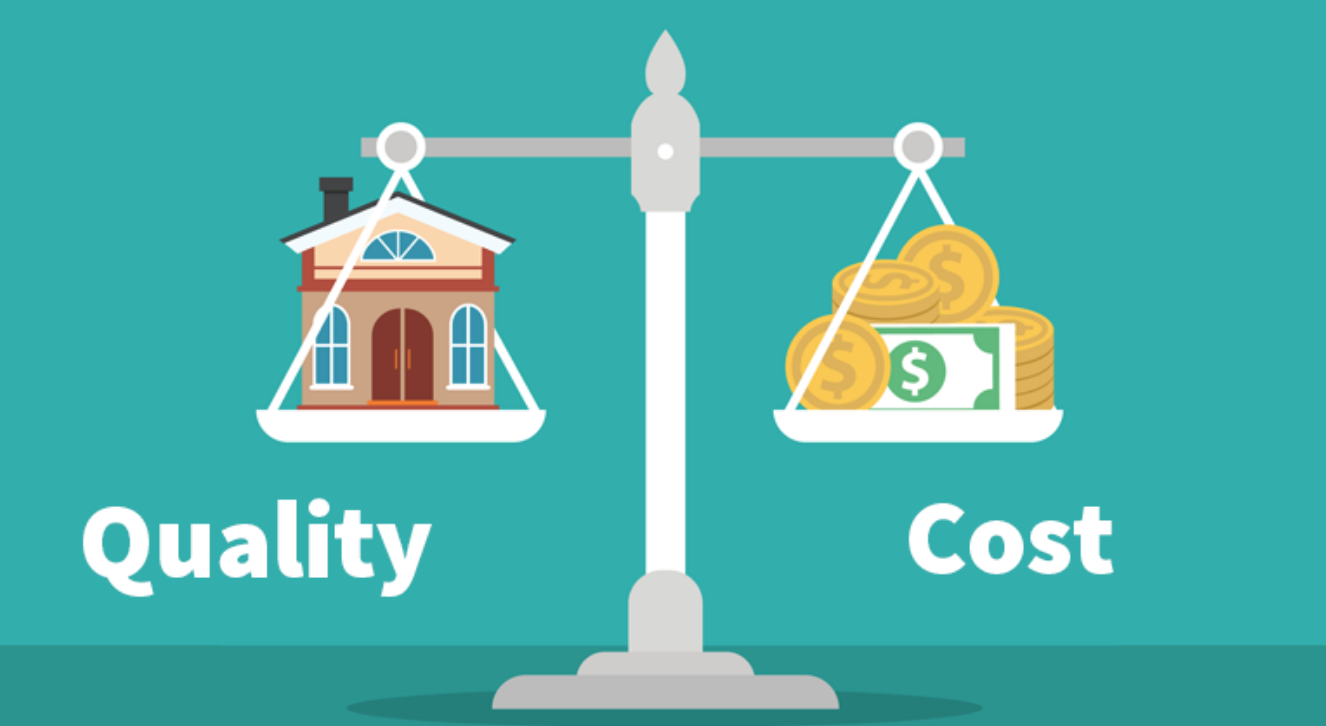Quality Cost
Feigenbaurn (1974) proposed a model to analyze quality cost that is universally accepted. Moreover, this model assumes that there can be a division of production costs relevant to quality changes into three categories:
- Firstly, prevention costs.
- Then, appraisal costs.
- Lastly, failure costs.

Above all, the model assumes that it can identify, measure and control PAF cost. So, this means that they can be mix with the result of management decisions. Therefore, only the cost variable, within production costs are usually considered. Moreover, not considering the fixed costs. And the limit of these categories of quality costs is to, the analysis of the costs of conformance and costs of non-conformance.
Total Quality Related Costs
The total quality-related costs system focuses on processes rather than products or services. And the operating costs of generating customer satisfaction will be of prime importance. Moreover, it recognizes the importance of process ownership, measurement and uses process modeling to simplify classification.
The categories of the cost of quality (COQ) with rationalization is into the cost of conformance (COC) and the cost of non-conformance (CONC), as
COQ = COC + CONC
Key stages in building the model in Quality Cost:
- Firstly, choosing a key process to analyze, identify and name it.
- Defining the process and its boundaries.
- Then, construct the process diagram
- Lastly, flow charts the process and identify the process owners.
Improvement team of the Process Owner
- Allocating the activities as COC or CONC.
- Calculating or estimating the quality costs (COQ) at each stage (COC + CONC).
- Constructing a process cost report.
Grab chances to enhance your career opportunities by passing the Certified TQM Professional Now!

